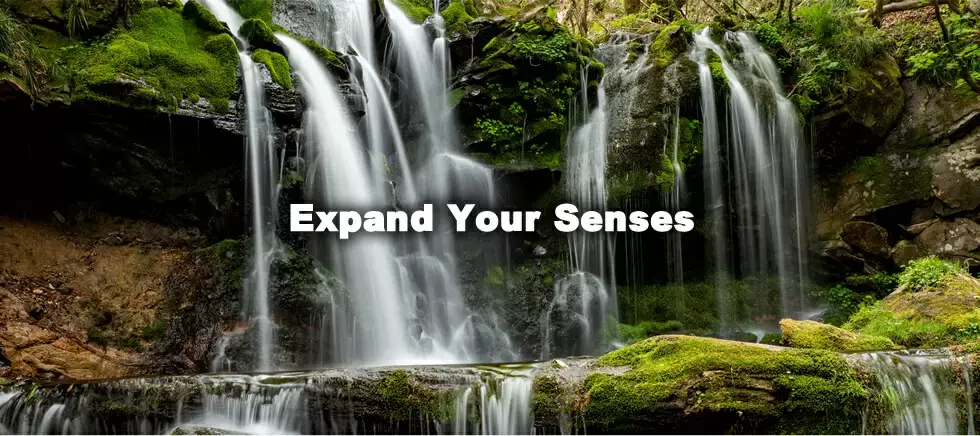
Natural Kansai, Adventures Beyond The Big Cities
Last update
Natural Wonders, Oceans, Mountains, Forests, Rivers and Lakes of Japan’s Kansai Region
Most people visit Japan’s amazing cities to look at Japanese buildings and places of historical interest, seemingly forgetting that these ancient islands, small as they may be, are rich in a variety of natural scenery that changes with the distinctive seasons. The traditional Japanese Shinto religion is devoted to the worship of many different kami, spirits or gods that dwell within nature, such as mountains, rocks, trees, rivers, waterfalls, things that inspire a sense of wonder and awe, places considered to have an unusually sacred spirit about them, and are therefore treated with the utmost respect.
The Kansai region claims some of the most extensive, best preserved and most respected natural areas within Japan. Seas, mountains, rivers, lakes, waterfalls and forests are all different from those in any other part of the world, and discovering those differences are part of the experience of seeing Japan’s exquisite nature.
Kansai offers the iconic cherry blossoms of spring, the lush greenery of Japan’s hot, humid summers, the brilliant reds, yellows and oranges of autumn’s leaves, and crisp, white snow landscapes. It offers majestic mountains, lush forests, beautiful beaches, impressive lakes and even desert sands complete with camels (more on this later!).
In as little as two hours from the major Kansai cities of Osaka and Kyoto, you can encounter these diverse landscapes. Here are a few ideas to get you started.
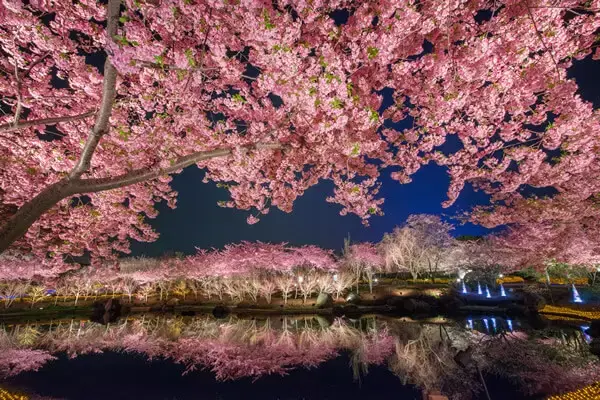
Spring
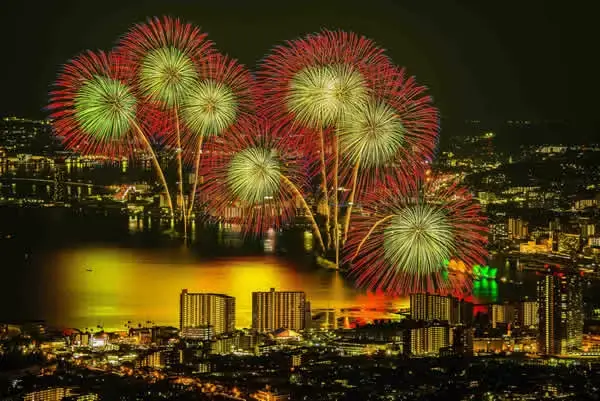
Summer
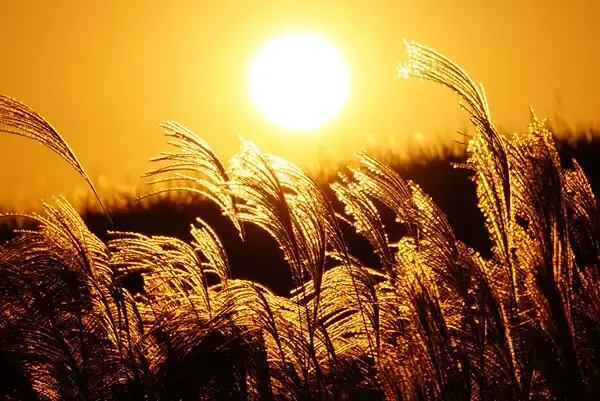
Autumn
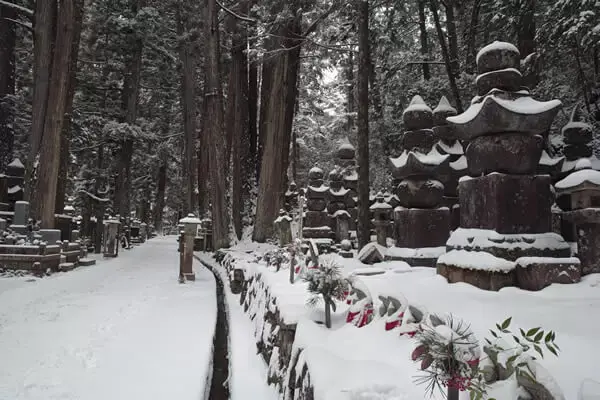
Winter
See The Sea
The extensive Kansai region’s seas include the Sea of Japan to the north, the Pacific Ocean to the south, the Inland Sea of Osaka Bay and the Seto Inland Sea, each one is unique. The simple, sacred beauty of the Mie Prefectural coastline, dotted with tiny islands covered in gnarled pine trees looks like something out of a traditional ink painting. Then there are the Naruto, great whirlpools forming where the powerful rushing tides clash. You can witness this force of nature from the safety and comfort of a tour boat on the Seto Inland Sea. The Sea of Japan provides yet another spectacle, with the relatively calm fishing boat filled waters bordered by exaggeratedly rugged, almost alien coastlines.
While the Kansai area is void of a particularly high or outstanding representative mountain, there are mountains with historical and cultural importance, such as Koyasan in Wakayama Prefecture. Mt. Koya is a holy mountain with a mystical atmosphere. Besides being a tranquil place, ideal for the studies of Buddhism, it was a place of exile for many of Japan’s shamed or defeated nobility. Koyasan also maintains the ethereal samurai graveyards, where thousands upon thousands of ancient tombs cover the mountaintop in memory of the famous, and not-so-famous samurai through history.
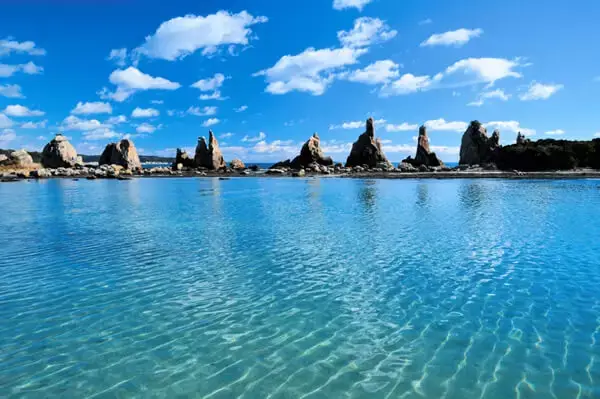
Hashigui Iwa, Wakayama
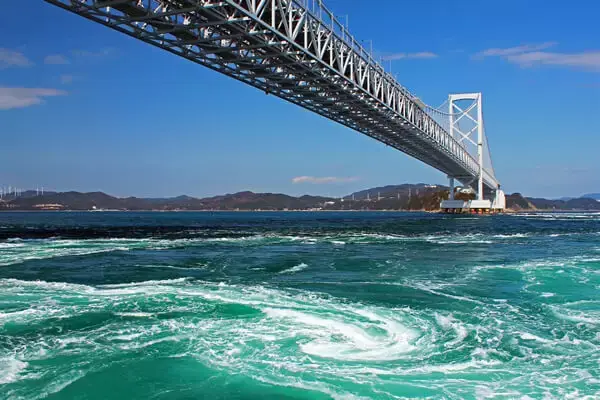
Naruto Wirlpools
Kansai’s National Parks
The Kansai region contains some national parks, one UNESCO World Geopark, two Japan Geoparks and one UNESCO Eco Park, the largest lake and sand dunes in Japan. There are natural attractions that represent Japan, or the world, such as whirlpools and waterfalls. These natural landscapes have seasonal charm. You can enjoy the beautiful landscapes at your leisure, or enjoy nature with a wide selection of unique active experiences in various places.
Yoshino-Kumano National Park
Established in 1936, Yoshino Kumano National Park covers areas of Mie, Nara and Wakayama Prefectures. Mt Yoshino in Nara is particularly famous for its stunning cherry blossom and the UNESCO World Heritage Sacred Sites and Pilgrimage Routes of the Kii Mountain Range. Places of interest include the Dorokyo Gorge, where you can board a hovercraft or pleasure boat to see the erosion formed sheer cliffs topped with thick forests, from the crystal-clear waters below. The Kushimoto Marine Park lies on the southern-most tip of the main island of Honshu and provides yet another change in landscape. The Kuroshio Current flowing around this area brings higher than average temperatures, and the park is noted for its reef-forming coral and tropical marine life. Glass bottomed boats and underwater observation platforms allow visitors to see this remarkable natural phenomena. Nearby Mt.Odaigahara is listed as one of the 100 Landscapes of Japan, and the mystical Yamabushi, mountain ascetic warrior sect training grounds of Mt. Omine on the borders of Mie and Nara are designated a UNESCO Man and Biosphere Reserves.
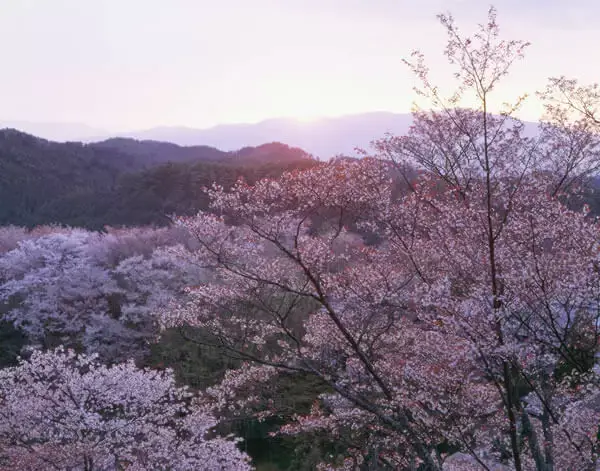
Yoshino's Cherry Blossom
San’in Kaigan National Park
Running continuously along the Sea of Japan coast from Tottori to Kyotango, the Sanin Kaigan National Park is famed for its clear beaches, numerous inlets and fascinating rock formations, strange shaped islands and mysterious caves. Only a little larger than the Tokyo Metropolitan area, it contains various geological features and conditions such as volcanic landforms, rocks and sedimentary layers that show how Japan was connected to the Asian mainland over 25 million years ago.
Setonaikai, Inland Sea National Park
Japan’s first and largest national park, the Setonaikai, or Inland Sea National Park seascape, borders 10 prefectures and contains over 3,000 islands. Since ancient times the Setonaikai was an important trade and transportation route. The area’s mild climate and calm waters means there are a number of attractive resorts and beaches on offer. Another very popular natural phenomena, giant Naruto whirlpools formed by tidal action can be found in the narrow Naruto Strait between Tokushima and Awaji Islans in Kyogo Prefecture, and viewed from the great bridge, or up close from tourist boats.
Ise-Shima National Park
The Ise-Shima National Park is known for its intricate, crinkly coastline of coves and bays filled with thousands of picturesque islands dotting the tranquil waters. It’s no wonder the ancient Japanese chose this area for their most sacred of shrines over 2,000 years ago. Besides the must-see Great Shrine of Ise, there is the iconic Meoto Iwa, or the Married Couple Rocks, two holy rocky outcrops linked by a heavy sacred rope just off the coast of Futami in Mie Prefecture.
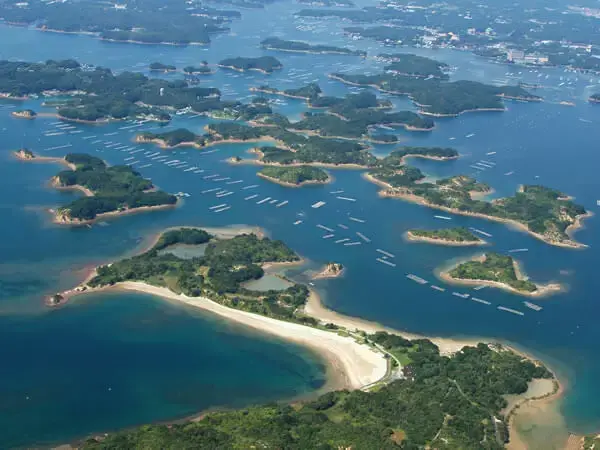
Ago Bay
Daisen-Oki National Park
The once volcanic Mt. Daisen range, part of the Daisen-Oki National Park, is said to have been the home of the gods. This is an ancient area where nature, history and culture collide with modern outdoor experiences such as hiking, trekking, cycling, cruising, even cultural and traditional experiences.
Meditate on Mt Mitoku, where the National Treasure designated Sanbutsu-ji Temple’s Nagaire-do Hall is precariously supported by wooden pillars built into a grotto high in the rugged cliff face. Visit one of western Japan’s best wild bird habitats and enjoy watching seasonal migratory birds at the Yonago Waterbirds Sanctury. The Daisen Oki National Park is also home to the Oki Islands, featuring over 180 various sized islands some 40 to 80km off the coast. The waves and winds of the Sea of Japan have sculpted these islands into magnificent scenes, and the waters surrounding the islands are among the most pristine. The islands offer a fine range of marine sports and land-based activities making it even more attractive.
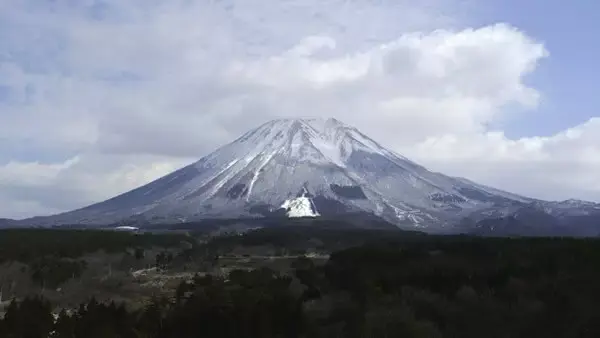
Mt.Daisen
Ski wa, …Ski Desu Ka?
From marine environments to the mountains next, and the Kansai regions finest ski fields can be found at Shiga Kogen to the north west of Lake Biwa. The ski grounds are located across a wide area where 51 lifts and gondolas carry you to altitudes between 1340m ~ 2307m for some great day and night snow action and excitement. The season starts in mid-November and lasts until late May. Access from the major cities via trains and busses is handy, gear can be rented at the field, there is plenty of accommodation, restaurants, trails and panoramic vistas. While your screen is open, book now!
Biggest and the Best
The Kansai region’s largest city, Osaka, is known for its loud and outgoing personality. It is also known for having, (or claiming to have) the biggest, the best, the oldest, the finest, the greatest of everything. Think Texas, Japanese style! Certainly, the Kansai districts boast some of the tastiest restaurants, the most fascinating history, the greatest scenery, and the finest national parks in Japan, along with a great range of activities to help you better enjoy them.
Largest Lake
Japan’s largest lake, and having formed around 4 million years ago, one of the world’s oldest freshwater lakes, Lake Biwa boasts a diverse ecosystem featuring over 1,000 species, including 46 native fish species, many endemic to Lake Biwa, molluscs, water birds and more live and breed among the reeds. Designated a UNESCO Ramsar Wetland in 1993, the lake and its surrounds are a relaxing and beautiful lake, fed by 118 small rivers draining from the surrounding mountains. The lake offers a range of year-round activities from cycling its shores to SUP, stand up paddle boarding, kayaking and a host of leisure marine sports.
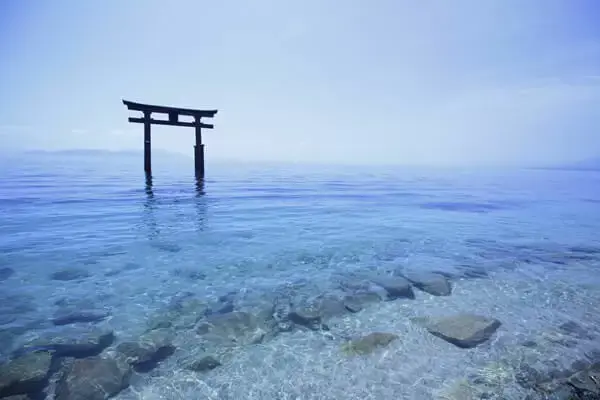
Lake Biwa
Oldest Route
Some of Japan’s most pristine forests, imposing mountains and rugged yet breathtaking coasts can be found in and around the Kii Peninsula. The east side of the peninsula is Mie Prefecture, while Wakayama Prefecture takes up its western side. Running through the middle is the ancient pilgrimage route, the Kumano Kodo. This route takes you along a path used by the ancient emperors making the pilgrimage between Kyoto and the sacred Ise Shrine. This same route was later used by the samurai, merchants and commoners to visit Ise. Much of the route was painstakingly paved with stone, preventing erosion from the areas’ heavy rainfall, as well as reminding us today, just how important the route was to the people of old Japan.Along the southern end of the Kumano Kodo, near Wakayama Prefecture’s holy Nachi Kumano Taisha Shrine, is Japan’s highest single drop waterfall with a 13m wide, 133m shaft of water cascading over a sheer cliff. The Nachi Falls are surrounded by a broadleaf evergreen primeval forest, part of the ancient shrine’s sanctuary and therefore long protected.
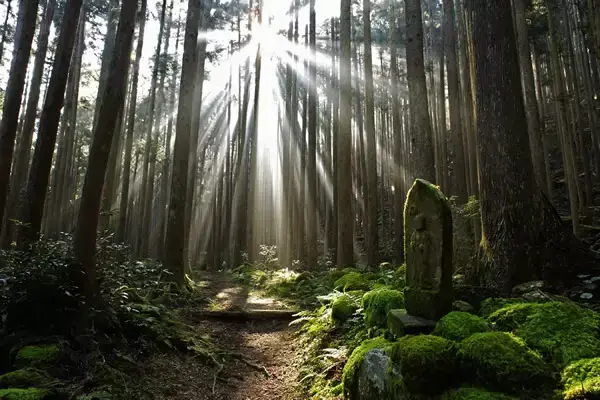
Kumano Kodo
Walk the ancient pilgrimage route the Kumano Kodo to the three main Kumano shrines for a true spiritual experience. Even doing parts of the route, such as the Iseji route, from the sacred Ise Shrine along the rustic stone paved path amongst towering trees and lush ferns will be a life-changing experience, where Japan’s nature, history and culture can be experienced.
Primeval Forests, Great Freshwater Lakes & Deserts with Camels!
The Kansai area is indeed diverse, ranging from primeval forests and great freshwater lakes to deserts with camels! Well, that’s not quite right. Tottori Prefecture’s most famous attraction is the Tottori Sakyu Sand Dunes, a 2km wide, 16km sector of sand along the Japan Sea coast, with dunes as high as 50m. These unique natural sand piles are the nation’s largest dunes and are part of the Sanin Kaigan National Park. Ocean tides and coastal winds are forever changing the shape of this most unique, distinctly non-Japanese looking landscape. There really are camels here though, with camel rides available, or you can try paragliding, sandboarding (think snowboarding on sand) or simply enjoy the chairlift ride from the dunes to the Sakyu Center and its observation deck.
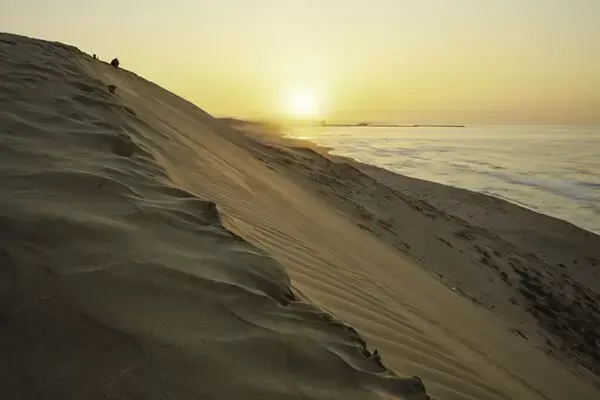
Tottori Sand Dunes
Outdoor Activities
The region offers a wealth of active experiences to better enjoy Kansai’s rich nature. Active experiences such as cycling, trekking, stand up paddling, canoeing, even skiing and snorkeling is on offer and actively promoted across the region. Sure, you can do this sort of activity in other countries too, but the difference is in the landscapes and surrounds, also in the way it’s offered, Japanese style! Various outdoor appreciation tours led by informative nature guides will make your visit to Kansai’s dynamic environments all the more enjoyable.
There is something spiritual about the nature of the Kansai region, something that the ancients recognized, and something we of the modern world can feel even today. The range of various activities on offer merely enhances our enjoyment. The fact of just being there, in the nature of a different land, nature long worshipped, is a moving feeling. Likewise, there is something magical about Kansai’s natural wonders, its oceans, mountains, forests, rivers and lakes. It’s something you need to experience for yourself to really, truly understand and appreciate.
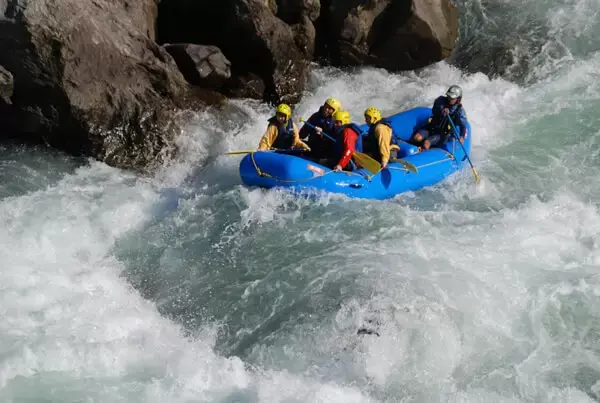
Rafting
Writer: Chris Glenn

Chris Glenn is an Australian born bilingual radio DJ, TV presenter, narrator, MC, copywriter, author, columnist, and Japanese historian, specializing in samurai castles, battles, armor and weapons. Based in Nagoya since 1993.
He is an inbound tourism advisor for national and local governments and is often called upon as a lecturer and speaker on Japanese history and culture, media and inbound tourism topics. Having written many websites articles, pamphlets, signs and explanations for local governments, DMOs, museums, tourist sites and businesses, he has a reputation for English writing that matches the needs and senses of foreigners visiting Japan.
His books include the English language “The Battle of Sekigahara” (Booklocker) the Japanese language “Australian Researcher’s Castles of Japan” (Takarajima) and Samurai Castle Bilingual Guide (Shogakukan). Chris is dedicated to promoting and preserving Japans’ long history, deep culture, traditions, arts and crafts.
Check also...
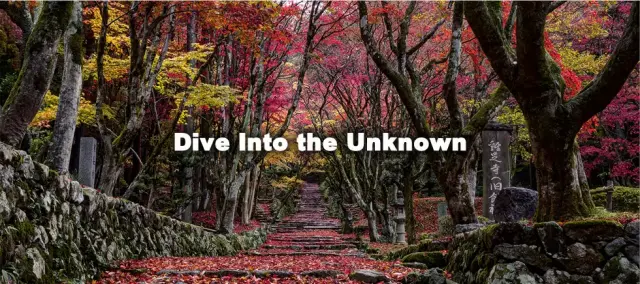
Historical Kansai, Cultural Kansai, Japan’s Treasure House

Japan’s Kitchen, Must-Try Kansai Cuisine
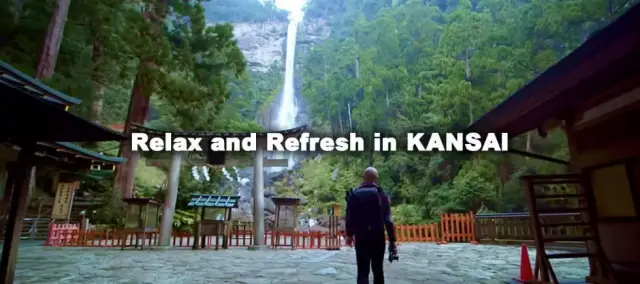
Relax and Refresh in KANSAI
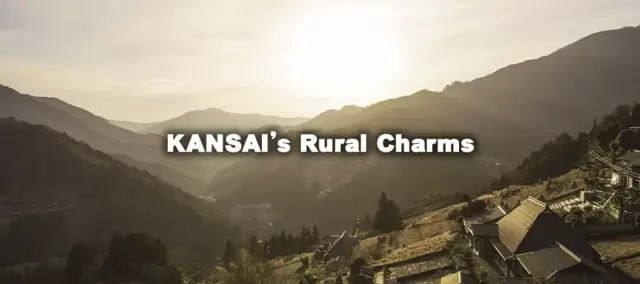
KANSAI’s Rural Charms
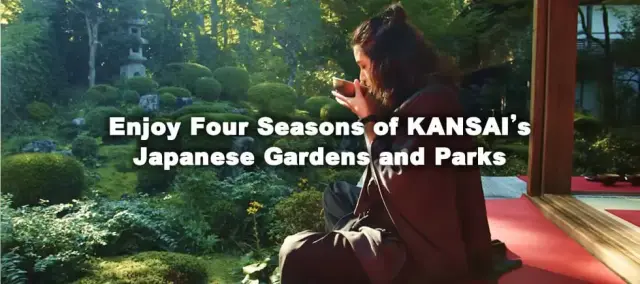
Enjoy Four Seasons of KANSAI’s Japanese Gardens and Parks
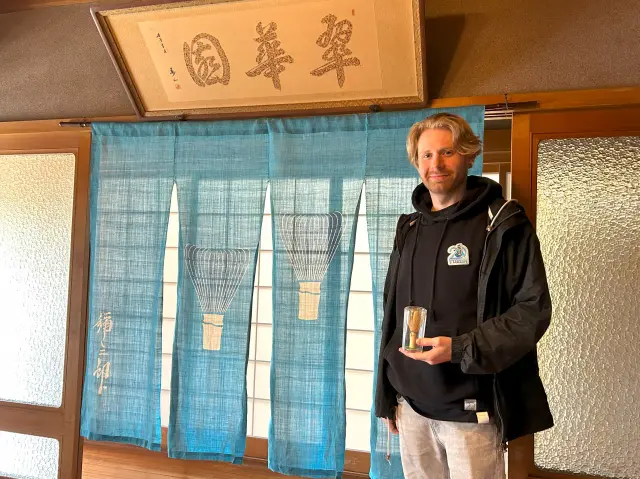
Timeless Culture: A Journey to See, Taste, and Experience the Depth of Traditional Industries in Osaka and Nara
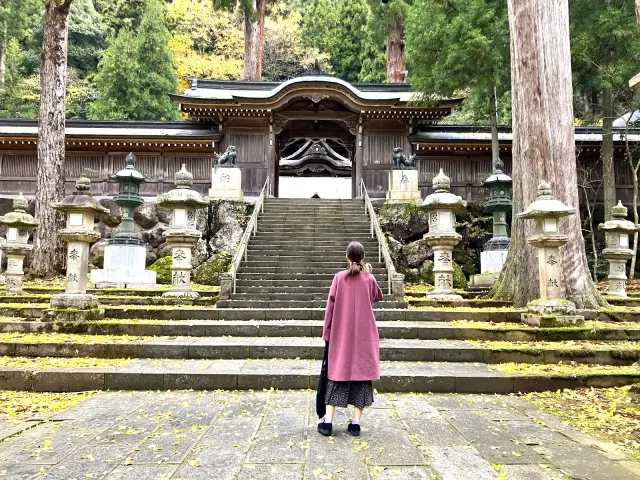
Timeless Traditions: A Journey Through Kyoto and Echizen’s Artisanal Craft Industry

